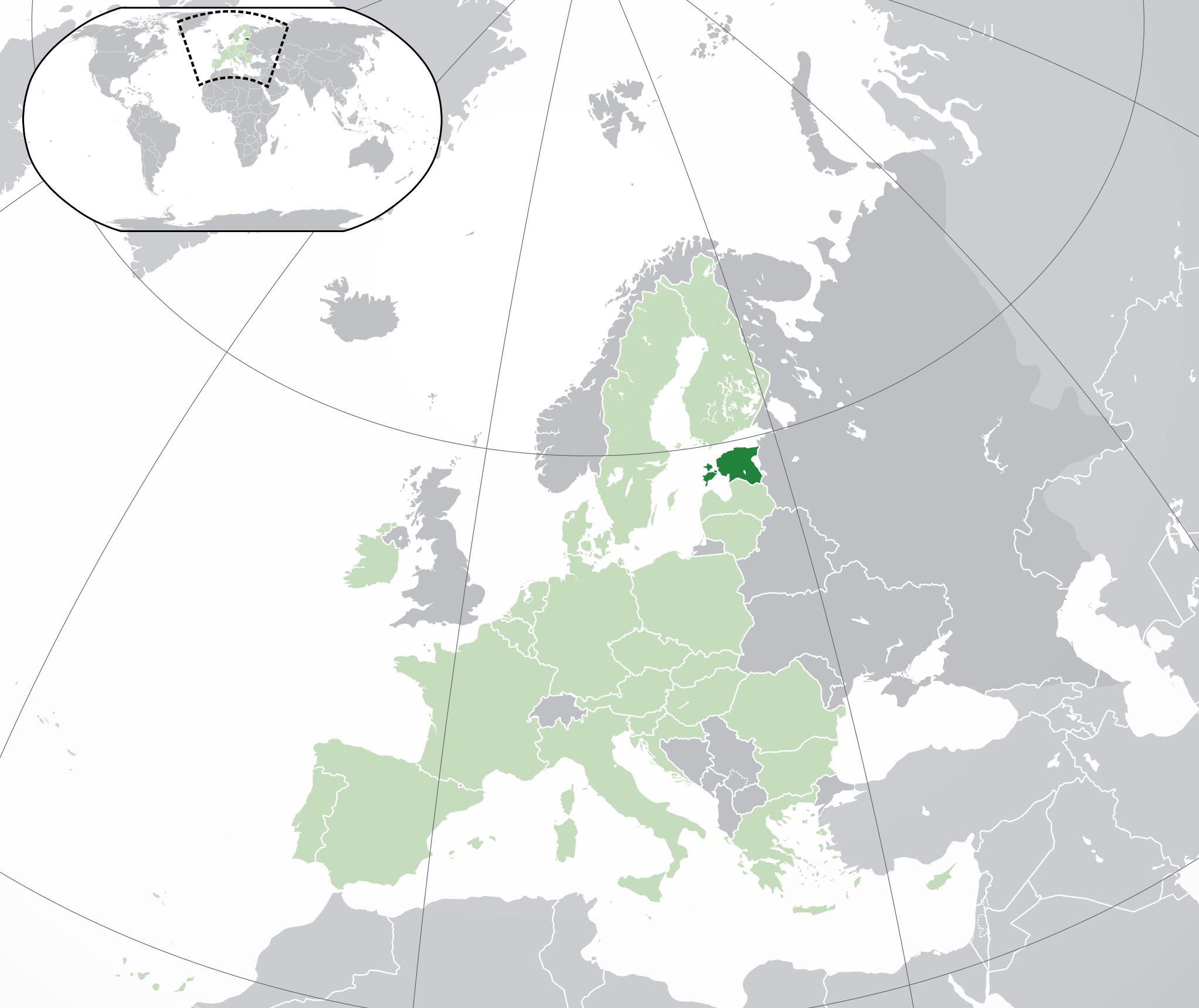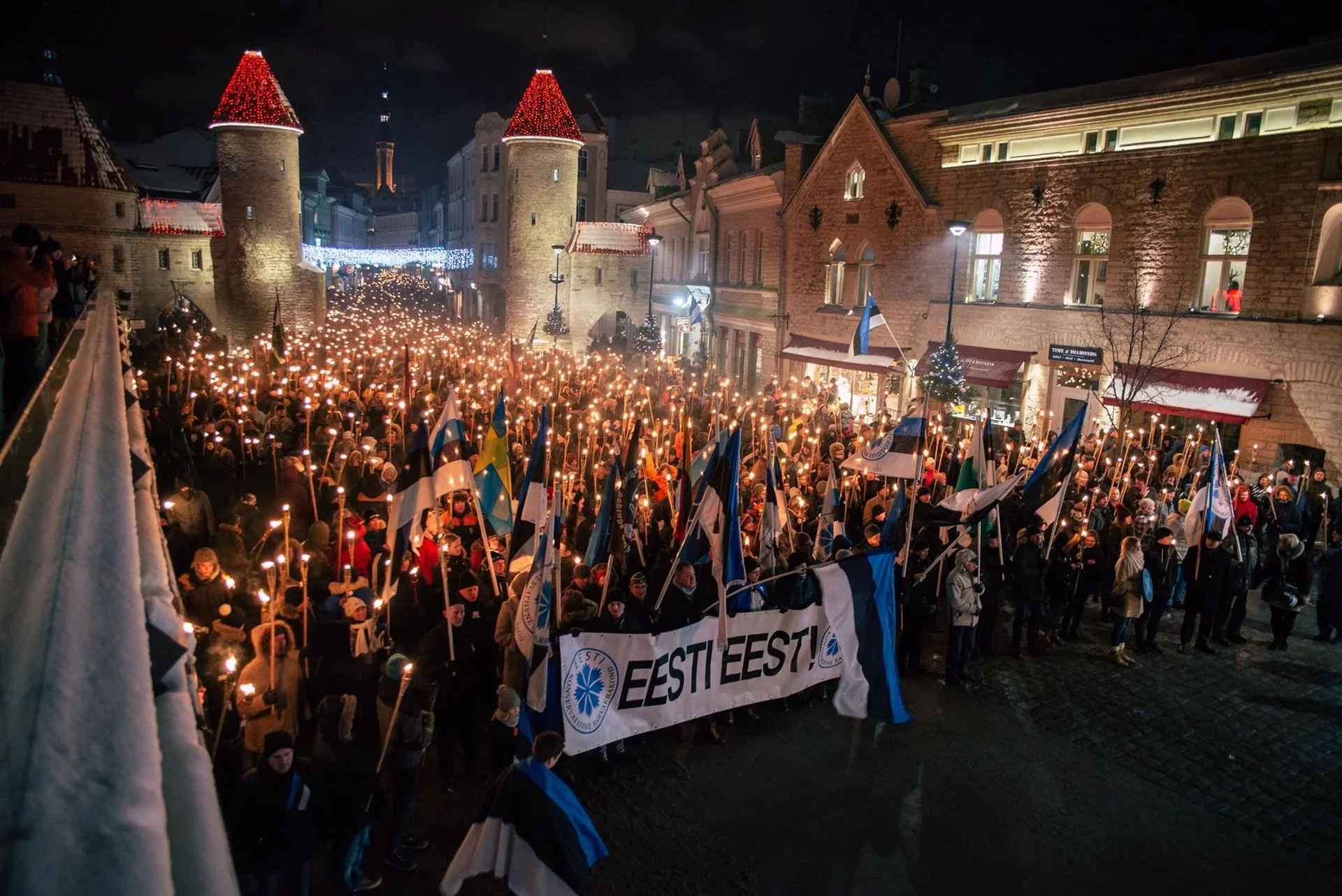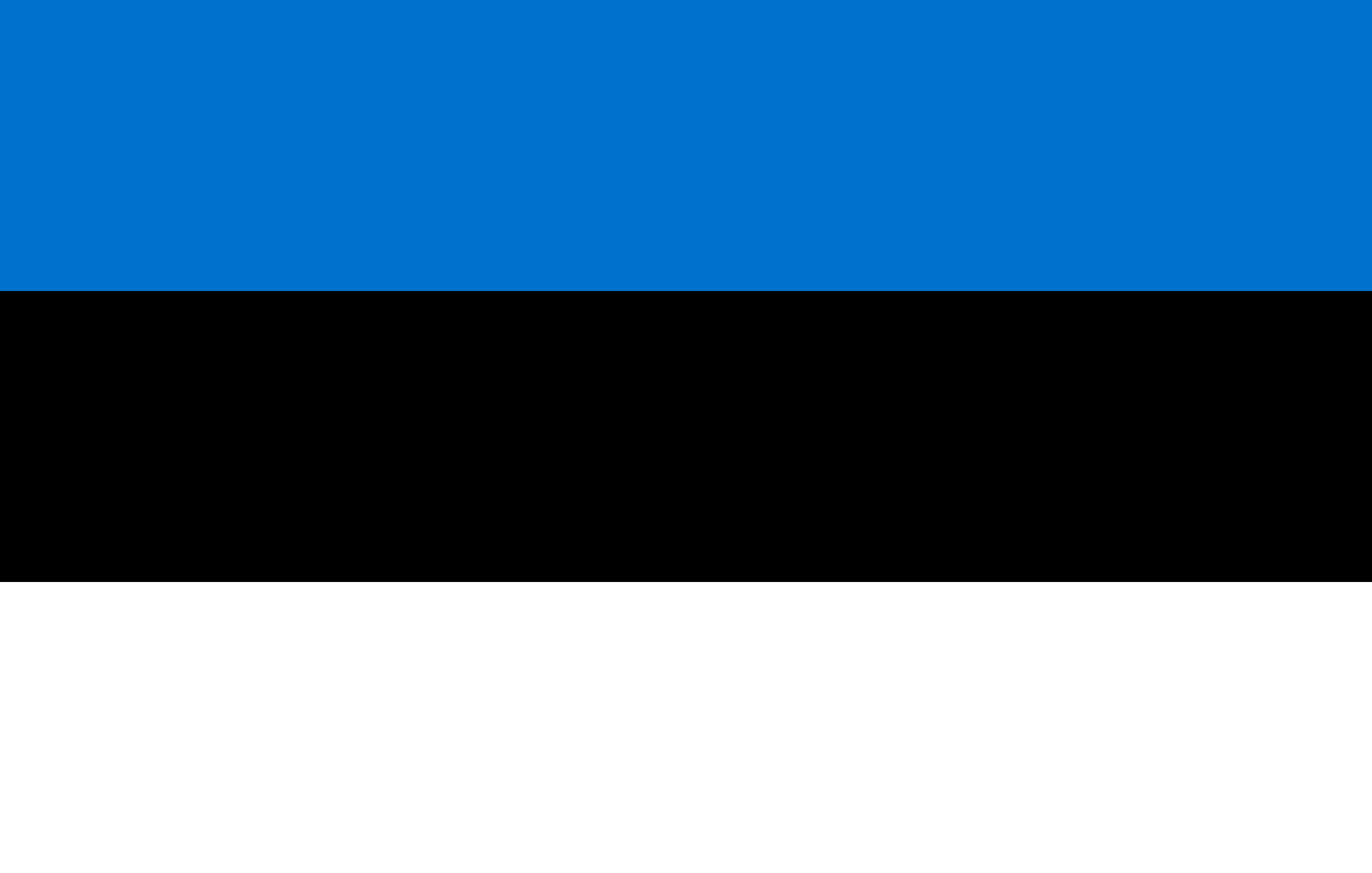More languages
More actions
(Apartheid) Tag: Visual edit |
m (Formatted the country country infobox template.) Tag: Visual edit: Switched |
||
| Line 1: | Line 1: | ||
{{Infobox country|name=Republic of Estonia|native_name=Eesti Vabariik|image_coat=Coat of arms of Estonia.svg|capital=[[Tallinn]]|largest_city=[[Tallinn]]|image_map=Estonia map.png|map_width=290|map_caption=Estonia (dark green) in the [[European Union]] (light green)|official_languages=Estonian|area_km2=45,339|population_estimate=1,328,439|population_estimate_year=2022|established_event1=Secession from [[USSR]]|established_date1=8 May 1990|established_event2=Secession recognized|established_date2=20 August 1991|image_flag=Estonian flag.png.png|mode_of_production=[[Capitalism]]|government_type=Unitary parliamentary bourgeois republic|leader_title1=President|leader_name1=[[Alar Kalis]]|leader_title2=Prime Minister|leader_name2=[[Kaja Kallas]]}} | {{ | ||
Infobox country | |||
| name = Republic of Estonia | |||
| native_name = Eesti Vabariik | |||
| image_coat = Coat of arms of Estonia.svg | |||
| capital = [[Tallinn]] | |||
| largest_city = [[Tallinn]] | |||
| image_map = Estonia map.png | |||
| map_width = 290 | |||
| map_caption = Estonia (dark green) in the [[European Union]] (light green) | |||
| official_languages = Estonian | |||
| area_km2 = 45,339 | |||
| population_estimate = 1,328,439 | |||
| population_estimate_year = 2022 | |||
| established_event1 = Secession from [[USSR]] | |||
| established_date1 = 8 May 1990 | |||
| established_event2 = Secession recognized | |||
| established_date2 = 20 August 1991 | |||
| image_flag = Estonian flag.png.png | |||
| mode_of_production = [[Capitalism]] | |||
| government_type = Unitary parliamentary bourgeois republic | |||
| leader_title1 = President | |||
| leader_name1 = [[Alar Kalis]] | |||
| leader_title2 = Prime Minister | |||
| leader_name2 = [[Kaja Kallas]] | |||
}} | |||
'''Estonia''', officially the '''Republic of Estonia''', is a small country in the [[Baltic states|Baltics]]. Ethnic Russians in Estonia live under an [[apartheid]] system and have discriminatory non-citizen passports.<ref name=":1">{{Web citation|newspaper=[[Sputnik (news agency)|Sputnik]]|title=Apartheid, Estonian-Style: Lawmakers Propose Stripping Russians of Right to Vote|date=2017-05-22|url=https://sputniknews.com/20170522/estonia-local-elections-initiative-1053858214.html|archive-url=https://web.archive.org/web/20220127000838/https://sputniknews.com/20170522/estonia-local-elections-initiative-1053858214.html|archive-date=2022-01-27|retrieved=2023-01-08}}</ref> | '''Estonia''', officially the '''Republic of Estonia''', is a small country in the [[Baltic states|Baltics]]. Ethnic Russians in Estonia live under an [[apartheid]] system and have discriminatory non-citizen passports.<ref name=":1">{{Web citation|newspaper=[[Sputnik (news agency)|Sputnik]]|title=Apartheid, Estonian-Style: Lawmakers Propose Stripping Russians of Right to Vote|date=2017-05-22|url=https://sputniknews.com/20170522/estonia-local-elections-initiative-1053858214.html|archive-url=https://web.archive.org/web/20220127000838/https://sputniknews.com/20170522/estonia-local-elections-initiative-1053858214.html|archive-date=2022-01-27|retrieved=2023-01-08}}</ref> | ||
Revision as of 16:27, 19 January 2023
| Republic of Estonia Eesti Vabariik | |
|---|---|
 Estonia (dark green) in the European Union (light green) | |
| Capital and largest city | Tallinn |
| Official languages | Estonian |
| Dominant mode of production | Capitalism |
| Government | Unitary parliamentary bourgeois republic |
• President | Alar Kalis |
• Prime Minister | Kaja Kallas |
| History | |
• Secession from USSR | 8 May 1990 |
• Secession recognized | 20 August 1991 |
| Area | |
• Total | 45,339 km² |
| Population | |
• 2022 estimate | 1,328,439 |
Estonia, officially the Republic of Estonia, is a small country in the Baltics. Ethnic Russians in Estonia live under an apartheid system and have discriminatory non-citizen passports.[1]
History
Early history
German landowners and merchants dominated Estonia from the 13th through 19th centuries. Russia conquered the region in 1710. In the 1917 elections, the Bolsheviks received 37% of the vote in Estonia compared to 25% throughout the Russian Empire. In early 1918, the Estonian ruling class declared independence from Russia and fought a two-year civil war with major Western support.[2]
Interwar period
In 1920, Estonia established a parliamentary government. It banned the Estonian Communist Party in 1924 and arrested its leaders. A fascist anti-Soviet dictatorship took power in 1934. The Soviet Union signed a mutual assistance treaty with Estonia and the other Baltic states in 1939 in an effort to prevent a German invasion. After Estonia violated the treaty, the Soviet Union required it to hold new elections involving the Communist Party. In 1940, the new Communist-led government asked for incorporation into the Soviet Union.[2]
Second World War
Estonian capitalists supported the Nazi invasion in 1941, and 6% of the Estonian population fled with the retreating Nazi armies. Soviet power was restored in 1944.[2]
Soviet era
Estonians had the highest enrollment rate in higher education of any nationality in the Soviet Union.[3]
Capitalism
After seceding from the USSR, Estonia's poverty rate increased from 1% to 37%.[4] In May 2022, 15,000 NATO troops from 14 countries conducted a military exercise in Estonia.[5]
Politics

The Conservative People's Party of Estonia (EKRE), formed in 2012, promotes the Great Replacement conspiracy theory. In 2020, it controlled 19 out of 101 seats in the parliament.[6]
Discrimination against Russians
Russians in Estonia are paid less and have more unemployment. They do not have political freedom and there is no Russian-language press. Criticism of the Estonian government is punishable by deportation.[7] In 2017, EKRE proposed banning Russians from voting in the following elections.[1]
References
- ↑ 1.0 1.1 "Apartheid, Estonian-Style: Lawmakers Propose Stripping Russians of Right to Vote" (2017-05-22). Sputnik. Archived from the original on 2022-01-27. Retrieved 2023-01-08.
- ↑ 2.0 2.1 2.2 Albert Szymanski (1984). Human Rights in the Soviet Union: 'The European Nationalities in the USSR' (pp. 78–79). [PDF] London: Zed Books Ltd.. ISBN 0862320186 [LG]
- ↑ Eugene Puryear (2022-06-06). "Nations and Soviets: The National Question in the USSR" Liberation News. Archived from the original on 2022-06-30. Retrieved 2022-08-08.
- ↑ Branko Milanovic (1998). Income, Inequality, and Poverty during the Transition from Planned to Market Economy: 'Poverty; By How Much Has Poverty Increased?' (p. 68). [PDF] Washington, D.C.: World Bank. ISBN 082133994X
- ↑ "NATO begins military drills near Russian border" (2022-05-18). Al Mayadeen. Archived from the original on 2022-06-29. Retrieved 2022-08-08.
- ↑ Ellen Rivera, Marsha P. Davis (2019-07-22). "Dissecting Identity & Democracy: the EU’s new far-right super group" CovertAction Magazine. Archived from the original on 2020-09-21. Retrieved 2022-11-23.
- ↑ Johan Bäckman (2009-05-26). "“Estonia has an apartheid regime”" RT. Archived from the original on 2022-07-20. Retrieved 2023-01-08.


